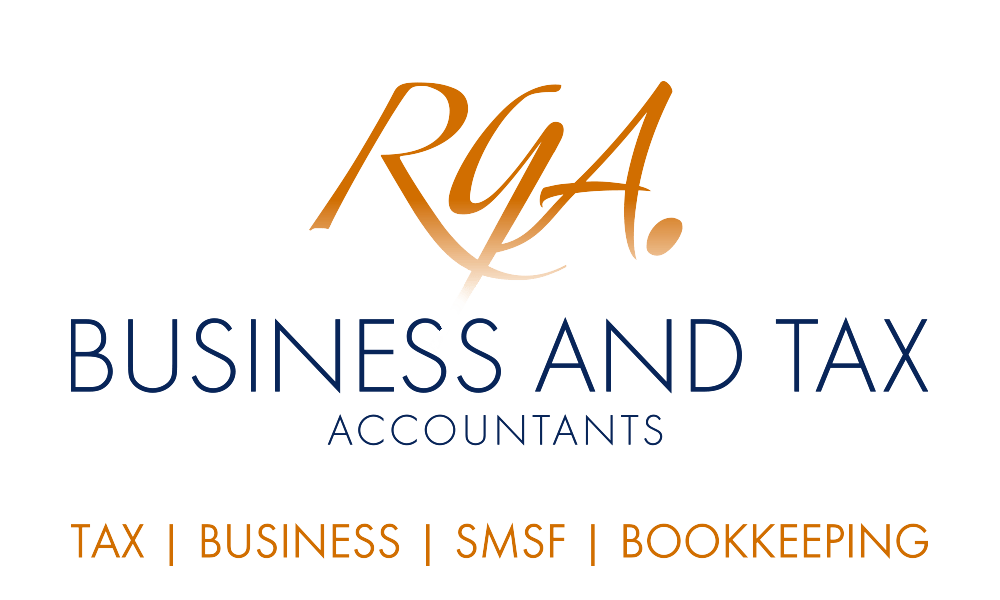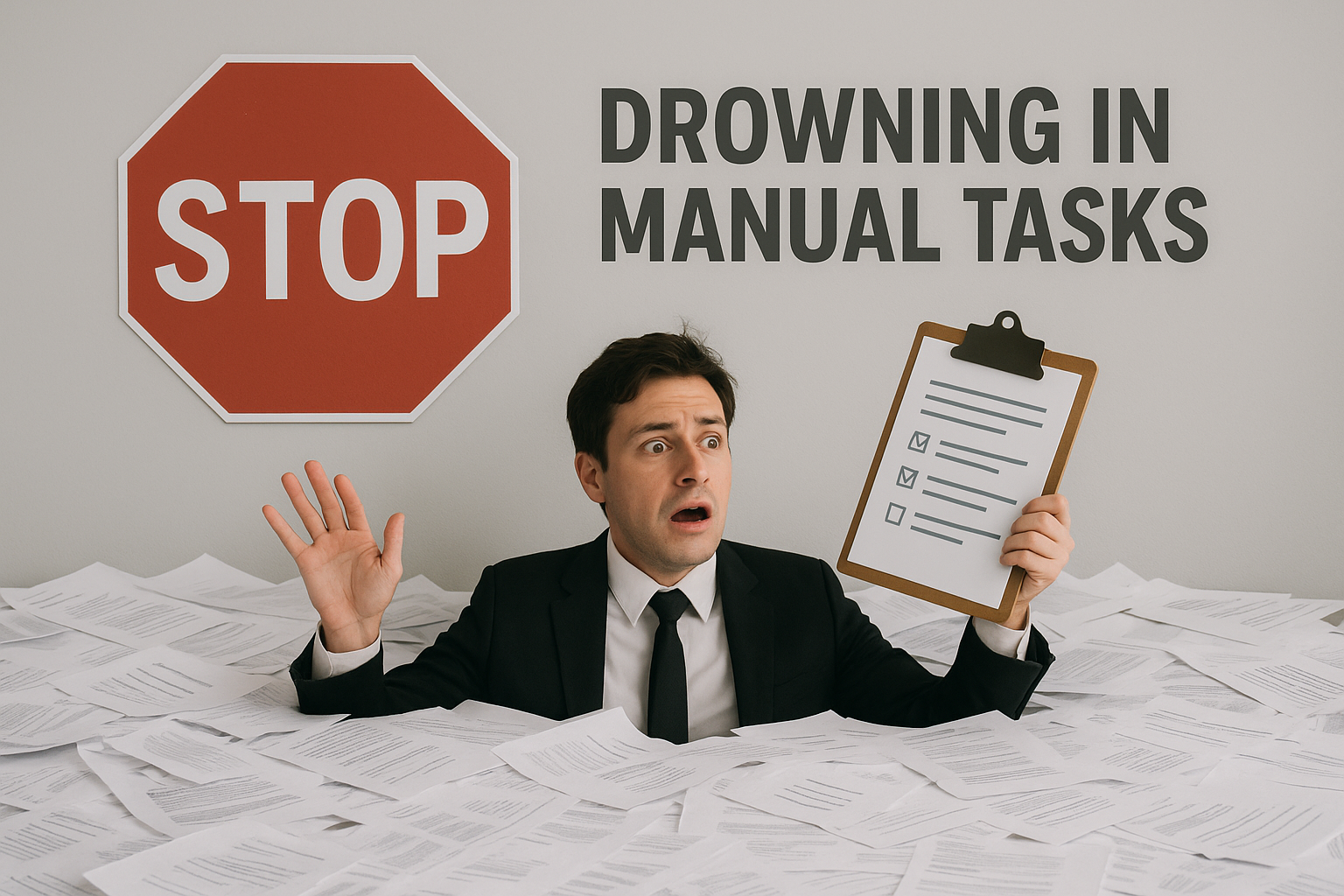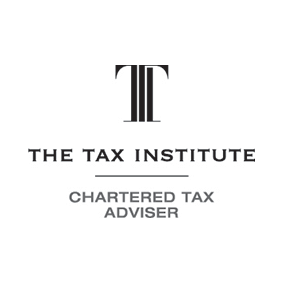Deemed dividends: changes are coming
Div 7A or deemed dividend payments may be familiar to you if you're the shareholder or associate of a private company. It generally applies to treat a benefit provided by a private company to the shareholder or associate as a deemed dividend, which is then taxed at the recipients' marginal tax rates. The government has now proposed to make changes to Div 7A after a review found the rules may be too complex and place an unnecessary administrative burden on taxpayers.
If you own a private company, deemed dividend payments or Div 7A may be familiar to you. In short, it is designed to ensure that income is not inappropriately sheltered in corporate structures at the corporate tax rate. It usually applies when a private company provides a benefit to a shareholder (or their associate), and treats the benefit as a dividend paid by the company, which is then taxed at marginal tax rates in the hands of the recipient.
There are a number of exceptions to the deemed dividend rule, most notably, Div 7A will not apply to a loan on commercial terms (eg adheres to maximum loan terms, minimum interest rates, minimum annual yearly repayments of principal and interest) or is fully repaid within a required timeframe (ie a complying loan). A review into Div 7A found that the rules may be too complex and place an unnecessary administrative burden on taxpayers.
To that end, the government has now proposed to enhance Div 7A by making a number of changes including simplifying loan rules, implementing a self-correcting mechanism and safe harbour rules, as well as clarifying that unpaid present entitlements (UPE) come within the scope of Div 7A.
Simplifying loan rules involve the consolidation of the current 7-year and 25-year loan models with a single 10-year maximum term loan model. The annual benchmark interest rate used will be the small business variable overdraft indicator lending rate published by the RBA. While there will be no requirement for a formal written loan agreement, there must be evidence to show that the loan was entered into by the lodgement date of the company tax return.
Further, the principal component is a series of equal annual payments over the term of the loan and the interest component is the interest calculated on the opening balance of the loan each year using the benchmark interest rate. If the minimum yearly repayment has not been made in full, the shortfall will be the deemed dividend for the year. For those companies with current 7-year or 25-year loans, the proposal provides transitional measures.
In relation to the self-correcting mechanism, the proposed changes will allow qualifying taxpayers to self-assess eligibility for relief, by converting the benefit into a complying loan agreement and make catch-up payments of principal and interest. In certain cases, the concept of self-correctly may also include other appropriate action considered "reasonable" by the Commissioner based on the circumstances.
The introduction of the safe-harbour rules will establish a formula for calculating the arm's length value for the use of the asset by the shareholder (or their associate). A deemed dividend can be avoided where the arm's length amount for usage is paid. This formula can generally be used for the exclusive use of all assets excluding motor vehicles.
In addition to all the above, the proposed changes will also make it clear where an UPE remains unpaid on the lodgement of the company's tax return, it will be a deemed dividend. This situation only applies where a trust makes a private company entitled to a share of its income/profits for the year and does not actually pay the amount. The change will ensure the deemed dividend will be assessable at the marginal tax rate of the beneficiaries of the trust or the top marginal tax rate (if assessable to the trustee).
All too complicated?
If you're a shareholder or an associate of a private company and currently have Div 7A loans in place, we can help you figure out the transitional measures which may need to be implemented in the future. If you're unsure whether the private company benefits provided to you currently fall under Div 7A, we can help you work that out.
Editor Note: Many practitioners who have reviewed the detail of the proposals are not happy with the changes proposed and we may see a number of submissions advocating for the proposals to be changed. We will keep you updated on any further changes.
Call us at Robert Goodman Accountants on 07 3289 1700 or email us at reception@rgoodman.com.au. © Copyright 2018. All rights reserved. Source: Thomson Reuters. Brought to you by Robert Goodman Accountants.










